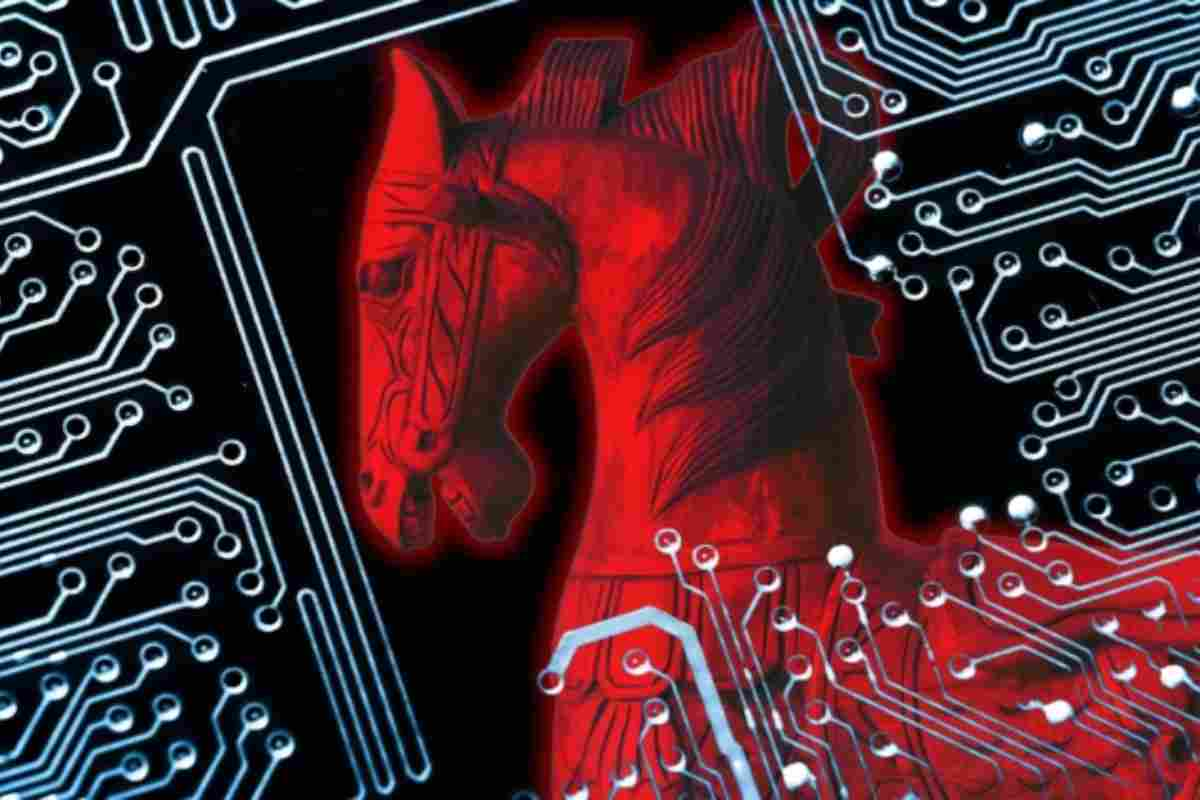The Trojan Horse virus is one of the trickiest types of malware out there. Named after the ancient Greek tale of the deceptive wooden horse, this virus hides itself within seemingly harmless software to trick users into installing it. Once inside, it can cause a lot of trouble, from stealing your personal information to letting cybercriminals take control of your system. In this article, we’ll explore what this virus is, the different types you might encounter, and how you can protect yourself from these sneaky threats.
What is a Trojan Horse Virus?

It is a type of malware that disguises itself as legitimate software to trick users into installing it. Unlike viruses and worms, which replicate themselves to spread, Trojan Horse viruses rely on social engineering tactics to infect systems. Once installed, they can perform a range of malicious activities, including stealing sensitive data, compromising system security, or even creating backdoors for further attacks.
Types of Trojan Horse Viruses

These viruses come in various forms, each designed to exploit different vulnerabilities and achieve specific malicious goals. Here are some of the most common types:
1. Backdoor Trojans
These Trojans create a backdoor on the infected system, allowing cybercriminals to gain unauthorized access and control. This access can be used for stealing data, installing additional malware, or launching further attacks.
2. Banking Trojans
Specifically designed to steal financial information, banking Trojans monitor online banking activities and capture sensitive details such as login credentials and transaction information. They often target online banking users and financial institutions.
3. Downloader Trojans
Downloader Trojans are used to download and install other types of malware onto the infected system. Once installed, they can fetch additional payloads such as ransomware or spyware.
4. RAT (Remote Access Trojan)
RATs provide remote access to the infected system, allowing attackers to control it as if they were physically present. This type of Trojan is often used for espionage and data theft.
5. Ransomware Trojans
These Trojans encrypt the victim’s files and demand a ransom for the decryption key. They can cause significant disruption and financial loss to individuals and organizations alike.
6. Fake AV Trojans
Fake antivirus Trojans masquerade as legitimate antivirus software, convincing users to install them by displaying false security alerts. Once installed, they may not only fail to protect the system but also deliver additional malware.
How to Defeat a Trojan Horse Virus?

Defeating this virus requires a multi-layered approach that combines prevention, detection, and removal strategies. Here are some effective methods to protect your system from Trojan Horse viruses:
1. Install and Update Antivirus Software
Ensure that you have a reputable antivirus program installed on your system. Regularly update the software to ensure it can detect and remove the latest threats, including Trojan Horse viruses.
2. Enable Firewalls
Firewalls act as a barrier between your computer and external threats. Enable both hardware and software firewalls to help block malicious traffic and prevent these viruses from gaining access to your system.
3. Avoid Downloading from Untrusted Sources
Be cautious when downloading software or files from unfamiliar or untrusted websites. Always verify the source and check for reviews or feedback before downloading.
4. Keep Your Operating System and Software Updated
Regularly update your operating system and software to patch vulnerabilities that could be exploited by these viruses. Install security updates and patches as soon as they become available.
5. Educate Yourself and Others
Awareness is key in preventing Trojan Horse infections. Educate yourself and others about common social engineering tactics and phishing schemes used to spread these viruses. Be cautious of unsolicited emails, links, and attachments.
6. Use Strong, Unique Passwords:
Implement strong, unique passwords for all your accounts and devices. Avoid using easily guessable passwords and consider using a password manager to securely store and manage your credentials.
7. Perform Regular Scans
Schedule regular scans of your system using your antivirus software. This helps identify and remove any potential threats before they can cause significant damage.
8. Backup Your Data
Regularly back up your important files and data to an external drive or cloud storage. In the event of a Trojan Horse infection or ransomware attack, having backups ensures that you do not lose valuable information.
FAQs
1. What is the primary function of a Trojan Horse virus?
It primarily functions by disguising itself as legitimate software to trick users into installing it. Once installed, it can perform various malicious activities, such as stealing data or compromising system security.
2. How can I detect if my system is infected with a Trojan Horse virus?
Signs of a Trojan Horse infection may include unusual system behavior, slow performance, unauthorized access to files, and unexpected pop-ups or ads. Running a full system scan with updated antivirus software can help detect and remove such threats.
3. Can Trojan Horse viruses spread to other devices on the same network?
These viruses do not spread by themselves like worms. However, if this virus gains control of a network, it can potentially infect other devices through network vulnerabilities or by exploiting shared resources.
4. Are there any free tools to remove Trojan Horse viruses?
Yes, there are several reputable free antivirus and anti-malware tools available that can help detect and remove these viruses. Examples include Malwarebytes, Avast, and Bitdefender. However, for comprehensive protection, consider investing in a paid security solution.
5. How often should I update my antivirus software?
You should update your antivirus software regularly, ideally as soon as new updates are released. Keeping your antivirus software up-to-date ensures that it can detect and protect against the latest threats, including new variants of these viruses.
Conclusion
Trojan Horse viruses are like digital wolves in sheep’s clothing. They can be hard to spot, but knowing how they work and taking the right precautions can keep your system safe. By keeping your software updated, using reliable antivirus tools, and being cautious with downloads and email attachments, you can defend yourself against these cunning attacks. Stay informed and proactive to safeguard your digital world from Trojan Horse viruses and other online threats.






